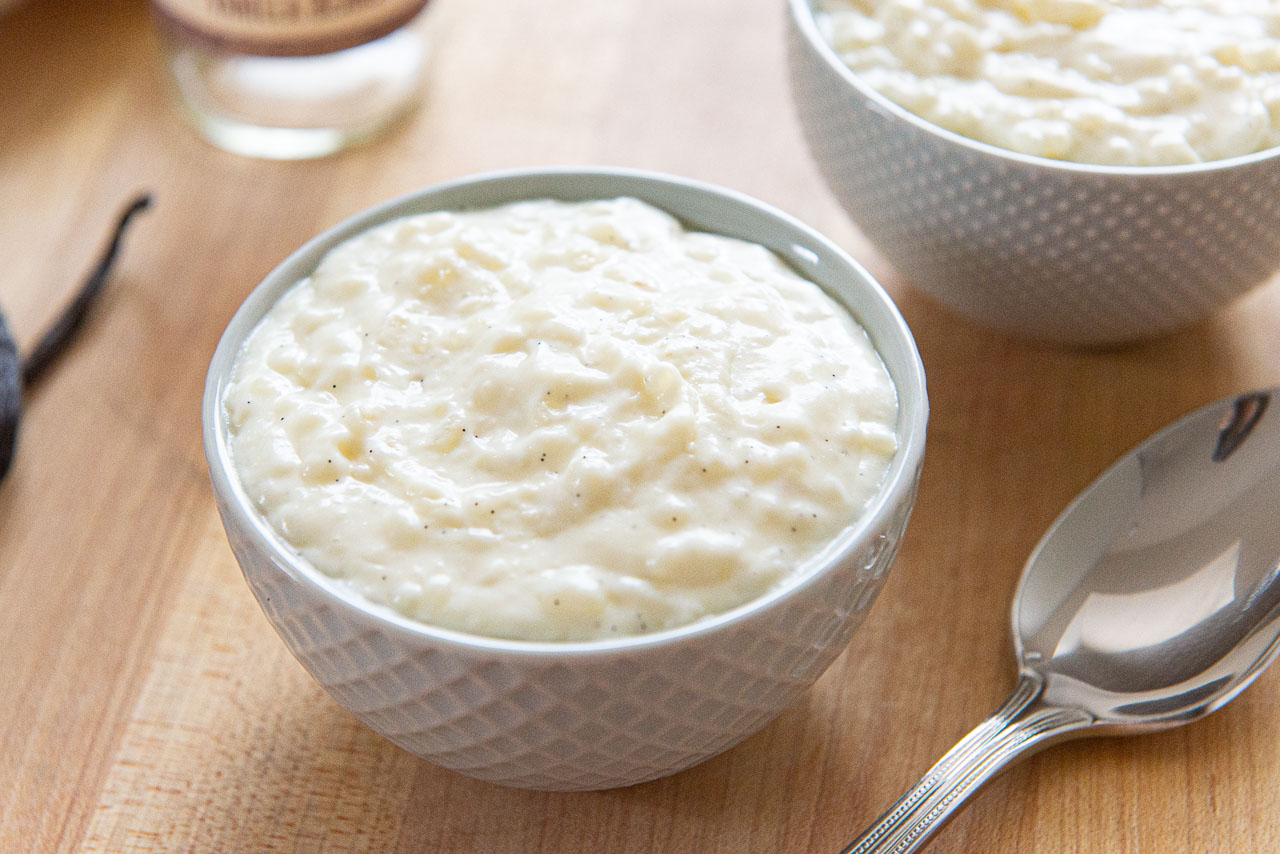

Articles
How To Store Rice Pudding
Modified: December 7, 2023
Learn how to store rice pudding and keep it fresh for longer. Discover useful articles and tips on proper storage methods to preserve the deliciousness of your favorite dessert.
(Many of the links in this article redirect to a specific reviewed product. Your purchase of these products through affiliate links helps to generate commission for Storables.com, at no extra cost. Learn more)
Introduction
Welcome to our guide on how to store rice pudding! Rice pudding is a delicious and comforting dessert that can be enjoyed warm or cold. Whether you have leftover rice pudding from a previous meal or you want to make a large batch to have on hand for later, it’s essential to know how to properly store it to maintain its flavor and texture. In this article, we will walk you through the step-by-step process of storing rice pudding to ensure its longevity and taste. So, let’s dive in!
When it comes to storing rice pudding, there are a few key factors to consider. First and foremost, you need to choose the right type of rice. Short-grain rice, such as Arborio or Calrose, is commonly used in rice pudding due to its creaminess and ability to absorb flavors. These varieties of rice have a higher starch content, allowing for a thicker and more velvety texture in the pudding.
Once you have chosen the right rice, it’s time to cook the rice pudding. The process includes simmering rice with milk, sugar, and other ingredients until it reaches a thick and creamy consistency. This homemade rice pudding is a delight to the taste buds, and you might find yourself wanting to prepare a large batch to enjoy over several days.
However, storing rice pudding requires some care and attention. Proper cooling and storage are essential to prevent spoilage and maintain its quality. Whether you plan to store rice pudding for a short period or for longer-term use, following the right steps will ensure that it stays fresh and flavorful.
Once you have stored the rice pudding, you might need to reheat it before serving. We will walk you through the best methods for reheating the stored rice pudding, ensuring that it tastes just as good as when you first made it.
Lastly, we will share some helpful tips for long-term storage of rice pudding. These tips will come in handy if you want to make a large batch and store it in the freezer for future enjoyment. With these methods and tips, you will always have a delicious treat ready to satisfy your sweet tooth whenever the craving strikes.
So, let’s move on to the first step: choosing the right rice for your rice pudding!
Key Takeaways:
- Creamy and luxurious rice pudding can be stored in the refrigerator for up to 4-5 days or frozen for up to 3 months, ensuring a delightful treat whenever the craving strikes.
- Choosing the right rice, proper cooling and storage, and reheating techniques are essential for maintaining the freshness and quality of stored rice pudding.
Read more: How To Store Bread Pudding
Step 1: Choosing the Right Rice
When it comes to making rice pudding, choosing the right type of rice is crucial. The type of rice you use will greatly impact the texture and overall taste of your pudding. Opting for a short-grain rice variety is the best choice for achieving a creamy and luxurious pudding.
Short-grain rice, such as Arborio or Calrose, is known for its high starch content. This starch is released as the rice cooks, creating a naturally creamy texture. The grains of short-grain rice are plump and absorbent, making them ideal for absorbing the flavors of the milk, sugar, and other ingredients in the pudding.
Arborio rice is a popular choice for making rice pudding due to its ability to absorb liquids. This Italian rice variety is often used in risotto, known for its creamy and velvety texture. Similarly, Calrose rice is another excellent option for rice pudding. Commonly used in Asian cuisine, Calrose rice is sticky when cooked, providing a rich and smooth mouthfeel.
When selecting your rice, it’s important to keep in mind that different types of rice have varying cooking times. Follow the instructions on the package to ensure your rice is cooked to perfection.
To sum it up, choosing a short-grain rice variety like Arborio or Calrose will result in a creamy and luscious rice pudding. The high starch content of these rice varieties creates a thick texture and allows the rice to absorb the flavors of the pudding’s ingredients. Now that you have selected the ideal rice, let’s move on to the next step: cooking the rice pudding.
Step 2: Cooking the Rice Pudding
Now that you have chosen the perfect rice for your pudding, it’s time to dive into the cooking process. Cooking rice pudding is a straightforward and enjoyable task, resulting in a delicious and comforting dessert.
To begin, gather your ingredients. Along with the rice, you will need milk, sugar, vanilla extract, and any additional flavorings you desire. Cinnamon, nutmeg, raisins, or a hint of lemon zest can elevate the flavors of your rice pudding. Remember to check the recipe you are using for the exact measurements of each ingredient.
Start by rinsing your rice under cold water. This step helps remove any excess starch on the surface of the rice grains and prevents the pudding from becoming too sticky. Once rinsed, drain the rice properly.
In a medium-sized saucepan, combine the rice, milk, and sugar. Stir the mixture to ensure that the sugar is dissolved and evenly distributed. Add in your preferred flavorings, such as vanilla extract or spices, and bring the mixture to a gentle simmer over medium heat.
Reduce the heat to low and cover the saucepan with a lid. Let the rice simmer for about 20-30 minutes, or until the rice is tender and the mixture has thickened. Stir the pudding occasionally to prevent the rice from sticking to the bottom of the pan.
During the cooking process, the rice will absorb the milk, and the starch will be released, giving the pudding its creamy consistency. The sugar will sweeten the pudding, while the additional flavorings will infuse it with delightful aromas.
Once the rice is cooked and the pudding has thickened to your desired consistency, remove it from the heat and allow it to cool slightly before serving. The rice pudding can be enjoyed warm or chilled, depending on your preference.
Now that you have successfully cooked your rice pudding, it’s time to move on to the next step: cooling and storing the pudding for future enjoyment.
Step 3: Cooling and Storing the Rice Pudding
After cooking a delicious batch of rice pudding, it’s important to cool and store it properly to maintain its freshness and quality. Proper cooling and storage techniques will help prevent spoilage and preserve the creamy texture and flavors of the pudding.
To cool the rice pudding, remove it from the heat and allow it to sit at room temperature for about 15-20 minutes. This will help the pudding thicken further and develop its flavors. Stir the pudding occasionally during this time to prevent a skin from forming on the surface.
Once the pudding has cooled slightly, it’s time to transfer it to an airtight container. Choose a container that is suitable for both storing and serving. Glass jars with tight lids or plastic containers with secure seals work well for storing rice pudding.
Before transferring the pudding, ensure that the container is clean and dry. Pour the pudding into the container, leaving a small gap at the top to allow for expansion as the pudding cools and freezes (if you plan to freeze it).
Seal the container tightly, making sure there are no gaps or air pockets. This will prevent any unwanted odors or flavors from seeping into the pudding and keep it fresh for longer periods.
Once the rice pudding is properly stored, you have a choice to make. If you plan to consume it within a few days, place the container in the refrigerator. The cool temperature of the fridge will help keep the pudding fresh for up to four to five days.
If you want to store the rice pudding for a longer period, you can freeze it. Freezing is an excellent option for extending the shelf life of rice pudding. However, it’s important to note that freezing might slightly alter the texture of the pudding. The pudding may become slightly grainier upon thawing.
To freeze the rice pudding, ensure that the container is freezer-safe and has a tight seal. Label the container with the date and freeze it for up to three months. Remember to leave enough space in the container to account for expansion as the pudding freezes.
Now that you know how to cool and store rice pudding effectively, it’s time to move on to the next step: reheating the stored pudding for a warm and comforting treat!
Store rice pudding in an airtight container in the refrigerator for up to 3-4 days. Make sure to cover the surface with plastic wrap to prevent a skin from forming.
Step 4: Reheating the Stored Rice Pudding
Reheating stored rice pudding is a simple process that allows you to enjoy a warm and comforting treat whenever you’re in the mood for it. Whether you stored the pudding in the refrigerator or freezer, there are a few methods you can use to reheat it and restore its creamy texture.
If you stored the rice pudding in the refrigerator, the easiest way to reheat it is in the microwave. Transfer the desired portion of rice pudding into a microwave-safe bowl and cover it with a microwave-safe lid or plastic wrap. Microwave the pudding on medium heat for 1-2 minutes, stirring halfway through, until it’s heated through.
If you prefer a stovetop method, you can reheat the pudding over low heat. Transfer the desired portion of pudding to a saucepan and heat it gently, stirring continuously to prevent scorching. The low heat will help warm the pudding evenly without altering its texture too much. Add a splash of milk if needed to loosen the consistency.
If you maintained the rice pudding in the freezer for long-term storage, it’s best to thaw it before reheating. Move the container from the freezer to the refrigerator and let it thaw overnight. Once thawed, you can follow the same reheating methods mentioned above: microwave or stovetop.
Keep in mind that reheating frozen rice pudding might result in a slightly grainier texture due to the freezing process. However, the flavors will still be delicious, and microwaving or reheating on the stovetop will help revive the creamy consistency.
Remember to heat only the amount of pudding you plan to consume to avoid waste. Reheated rice pudding is best enjoyed immediately, while it’s still warm and comforting.
Now that you know how to reheat the stored rice pudding, let’s move on to our final step: some helpful tips for long-term storage to ensure your pudding stays fresh for longer periods.
Read more: How To Store Yorkshire Pudding
Step 5: Tips for Long-Term Storage
If you want to store rice pudding for an extended period, whether to enjoy it later or have a backup supply on hand, there are a few tips you should keep in mind to ensure its long-term freshness and quality.
1. Portion Control: Divide the rice pudding into individual serving portions before storing it. This allows you to defrost and enjoy only the amount you need without having to thaw the entire batch.
2. Freezer-Safe Containers: When freezing rice pudding, use freezer-safe containers with airtight seals. This prevents freezer burn and keeps the pudding fresh. Consider using individual-sized containers or ice cube trays for smaller portions.
3. Labeling and Dating: Always label the containers with the date of storage. This helps you keep track of how long the rice pudding has been stored and ensures you consume it within a safe timeframe. It’s recommended to use the pudding within three months of freezing for the best taste and texture.
4. Thawing Properly: If you stored the pudding in the freezer, thaw it in the refrigerator overnight rather than at room temperature. This gradual thawing process helps maintain the texture and quality of the pudding. Once thawed, follow the reheating methods mentioned in Step 4.
5. Avoid Repeated Freezing and Thawing: It’s best to avoid repeatedly freezing and thawing rice pudding. Each time you freeze and thaw, the texture may become increasingly grainy. To prevent waste, thaw only the amount of pudding you plan to consume at one time.
6. Quality Check: Before consuming stored rice pudding, always give it a quick visual and sensory check. Look for any signs of spoilage, such as mold or unusual odors. If the pudding seems off in any way, it’s best to discard it to ensure your safety.
By following these tips, you can ensure that your rice pudding remains delicious and enjoyable even after long periods of storage. Whether you’re freezing it for later use or keeping it in the refrigerator for a few days, these practices will help maintain the pudding’s quality and taste.
Now that you have gained valuable insights into storing rice pudding for the long term, you are well-equipped to savor this delightful dessert whenever you desire.
Conclusion
Congratulations! You have now learned how to store rice pudding to maintain its flavor, texture, and overall quality. By following the steps outlined in this guide, you can ensure that your rice pudding remains delicious and enjoyable for days or even months to come.
From choosing the right type of rice to cooking the pudding to perfection, you have discovered the essentials of creating a creamy and delightful dessert. Properly cooling and storing the pudding is crucial in preserving its freshness, whether you decide to keep it in the refrigerator or freezer.
When it’s time to indulge in your stored rice pudding, you can easily reheat it using the microwave or stovetop methods, bringing back its comforting warmth and richness. Just remember to thaw frozen pudding in the refrigerator before reheating for the best results.
For those looking for long-term storage, our tips for portion control, freezer-safe containers, labeling, and proper thawing will help ensure that your rice pudding remains fresh and delicious for extended periods. By following these guidelines, you can have a convenient supply of pudding ready for whenever your cravings strike.
Now that you have mastered the art of storing rice pudding, it’s time to get creative with your flavors and presentations. Experiment with different spices, fruits, or even toppings like whipped cream or caramel sauce to add your own personal touch to this classic dessert.
Remember, the key to a successful rice pudding storage experience lies in maintaining the quality and taste. Regularly check for any signs of spoilage and trust your senses when it comes to determining the freshness of your stored pudding.
So go ahead and whip up a batch of rice pudding, knowing that you have the knowledge and skills to store it properly and enjoy the deliciousness whenever you wish. Whether you’re craving a warm, comforting treat or a chilled dessert on a hot day, your stored rice pudding will be there to satisfy your sweet tooth.
Enjoy the culinary adventure, and happy rice pudding storage!
Frequently Asked Questions about How To Store Rice Pudding
Was this page helpful?
At Storables.com, we guarantee accurate and reliable information. Our content, validated by Expert Board Contributors, is crafted following stringent Editorial Policies. We're committed to providing you with well-researched, expert-backed insights for all your informational needs.
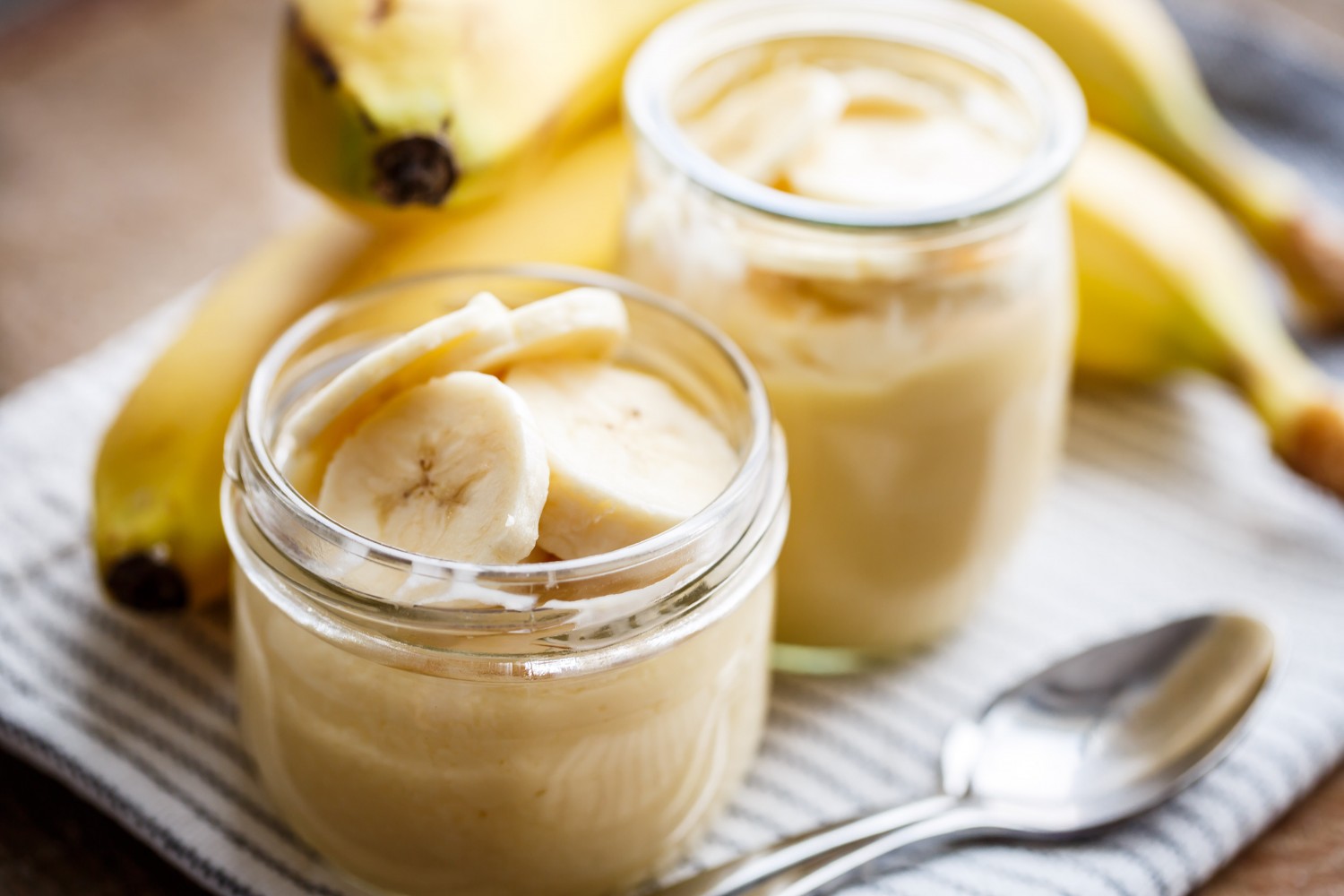
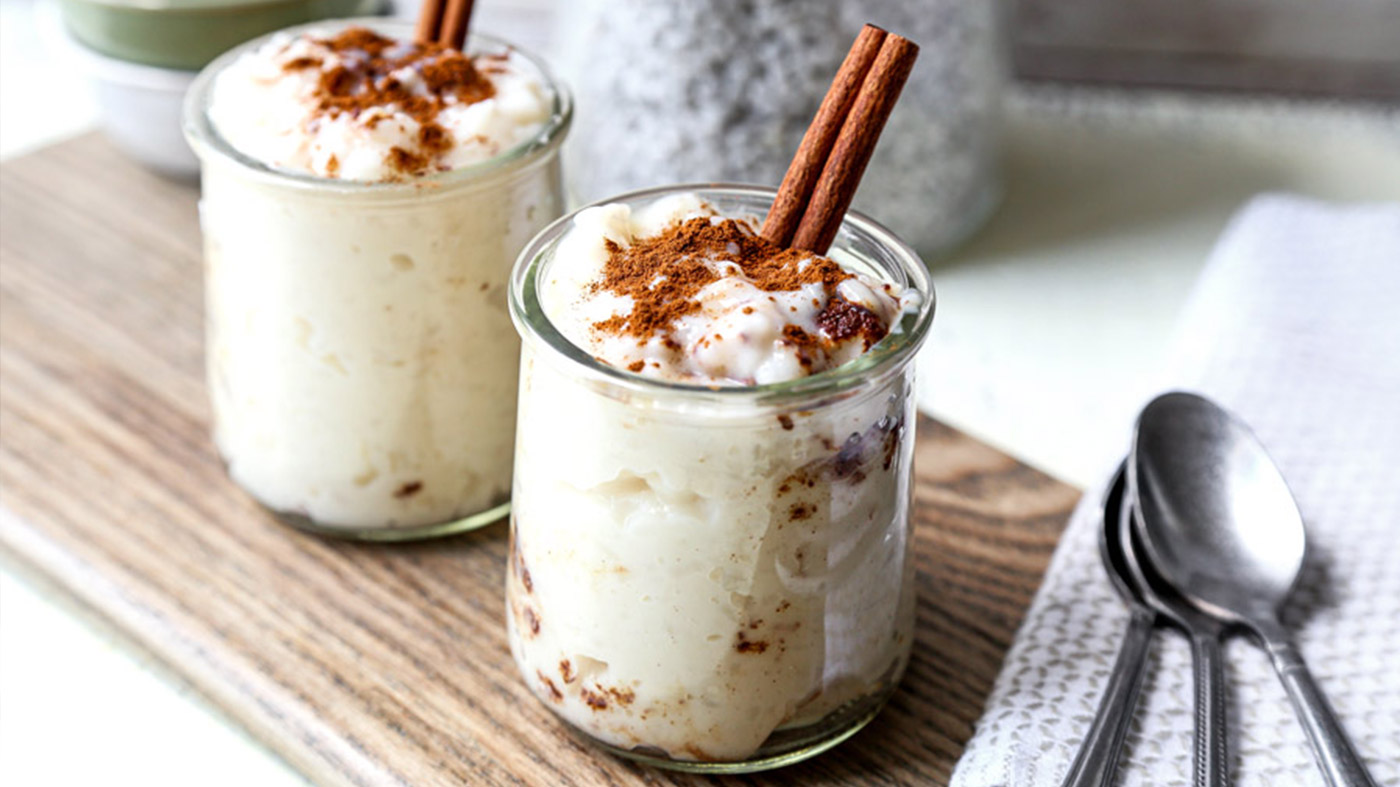

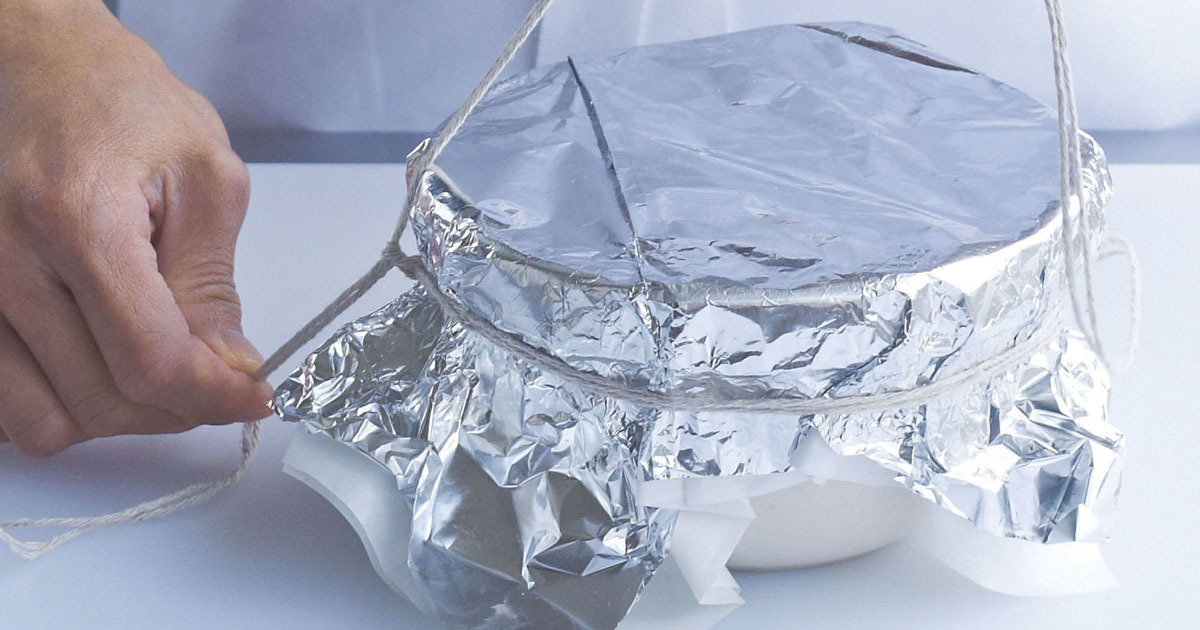

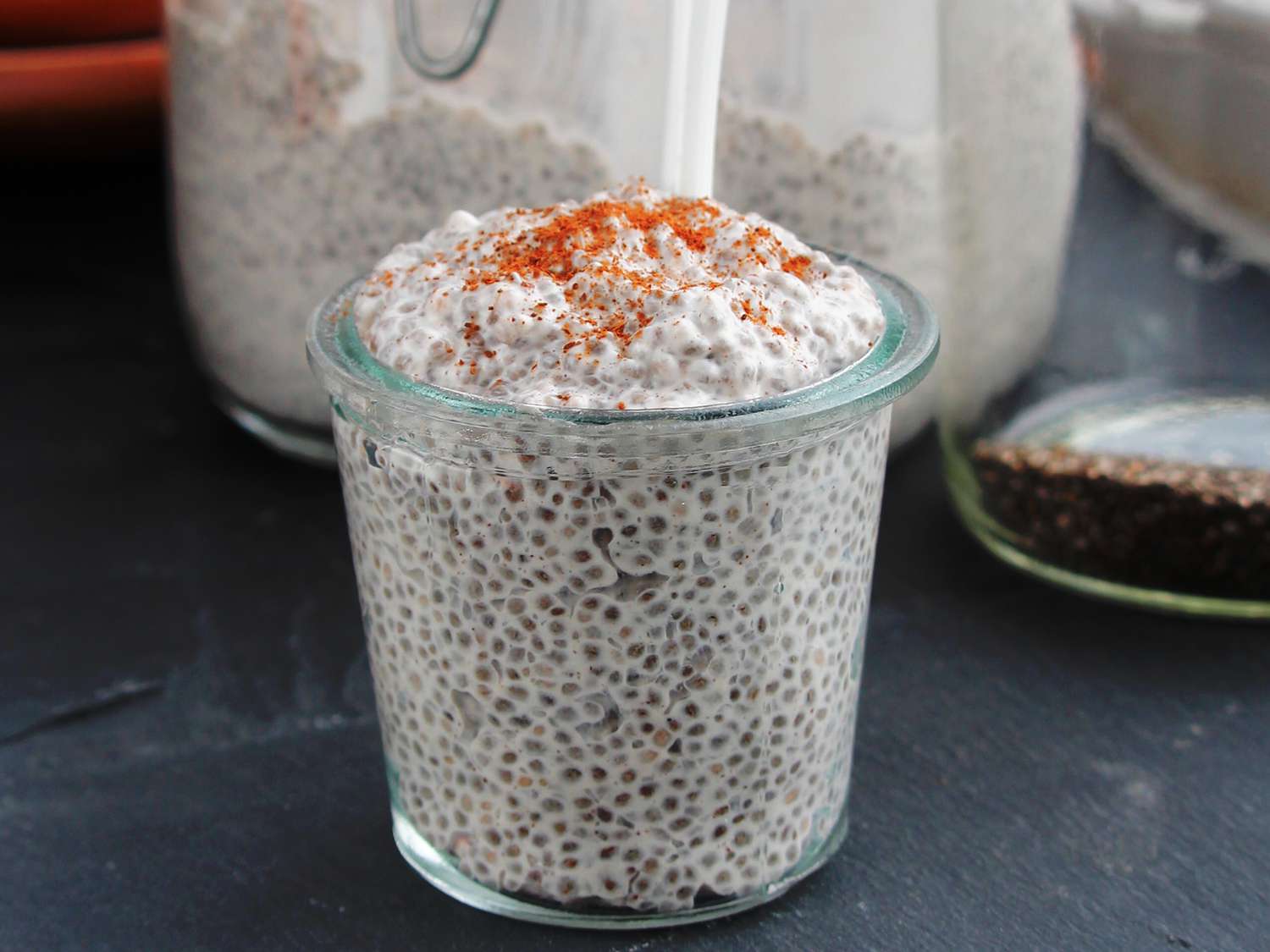


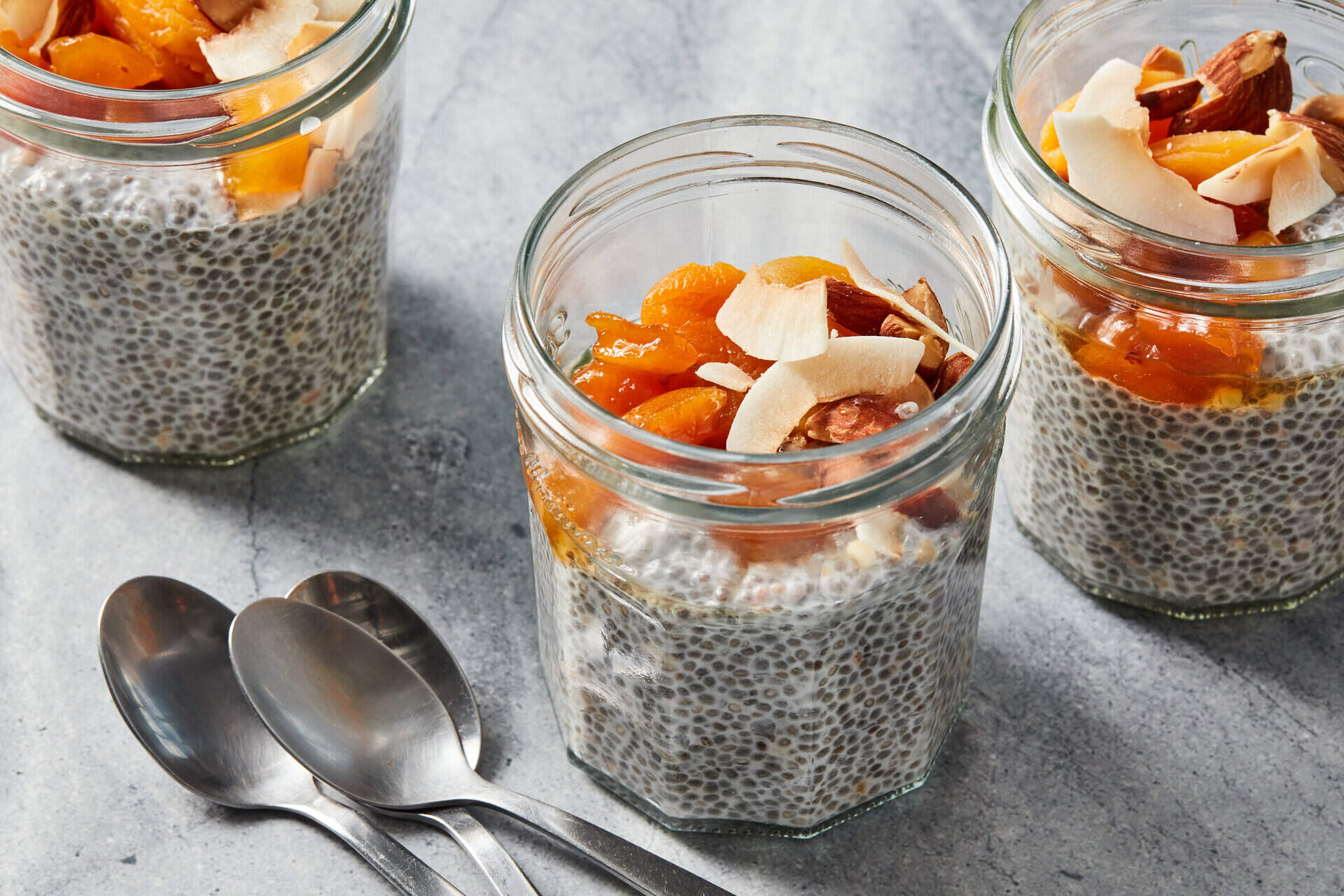

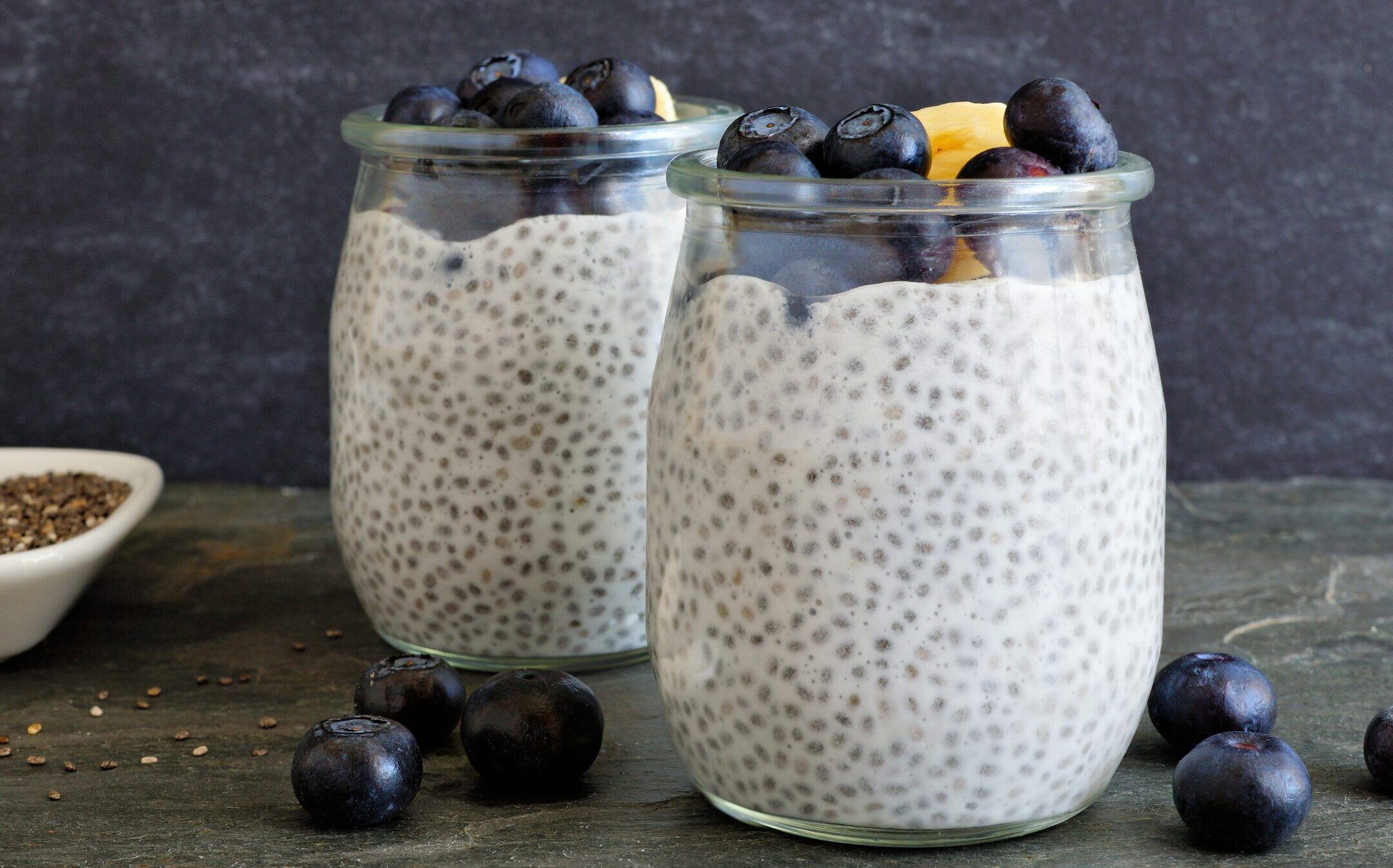
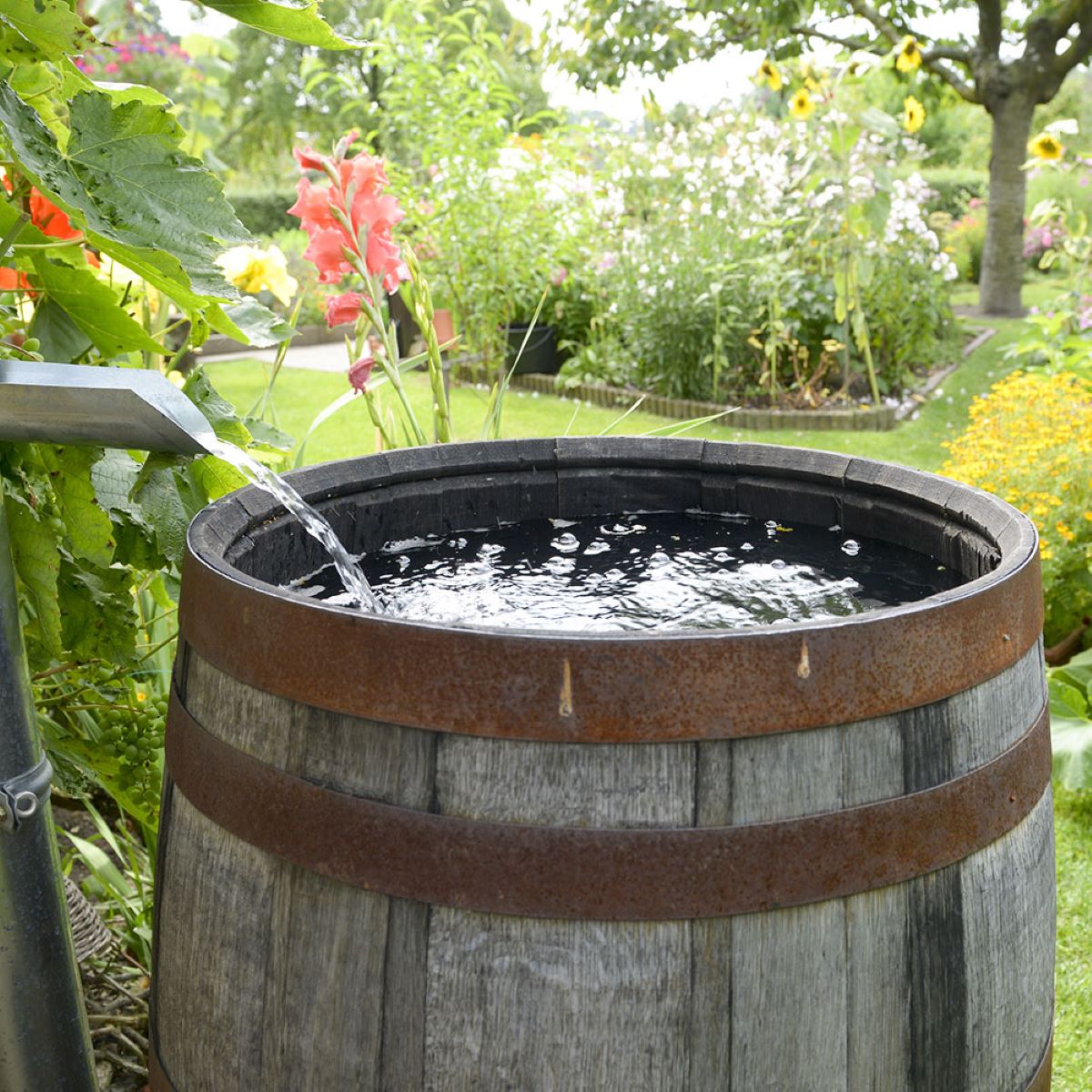
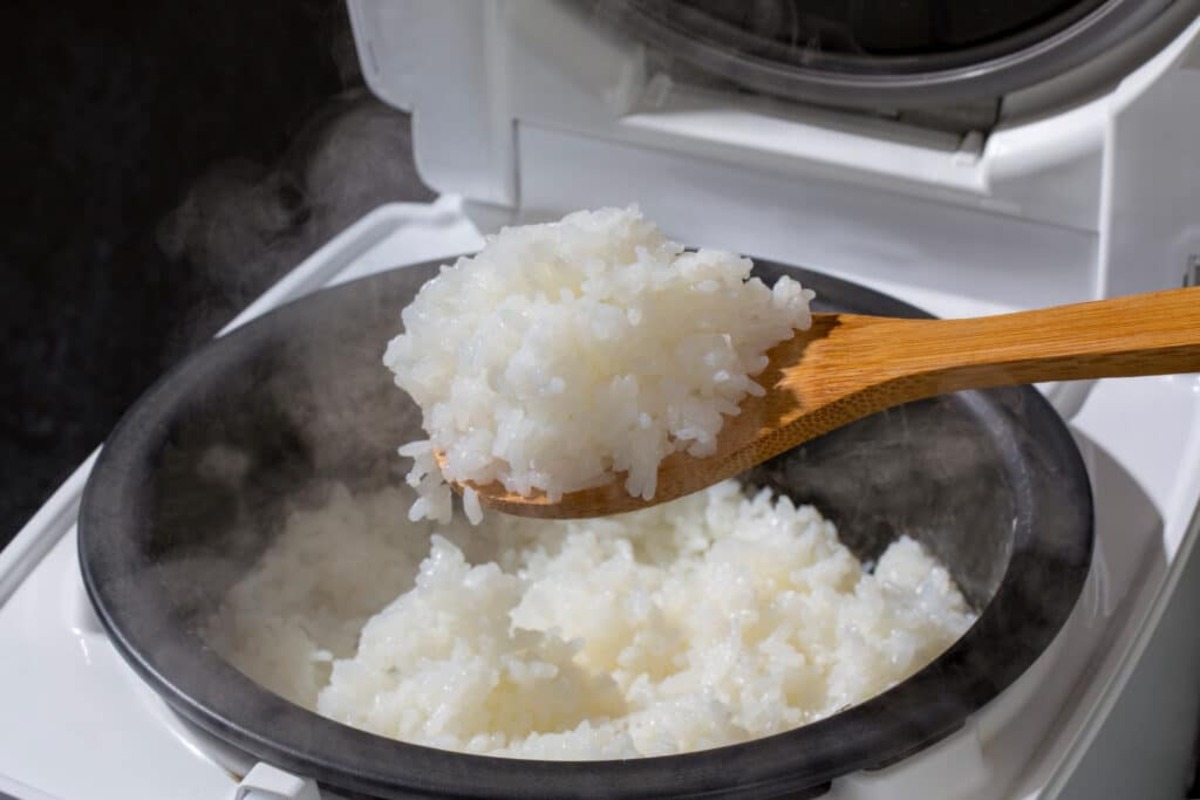
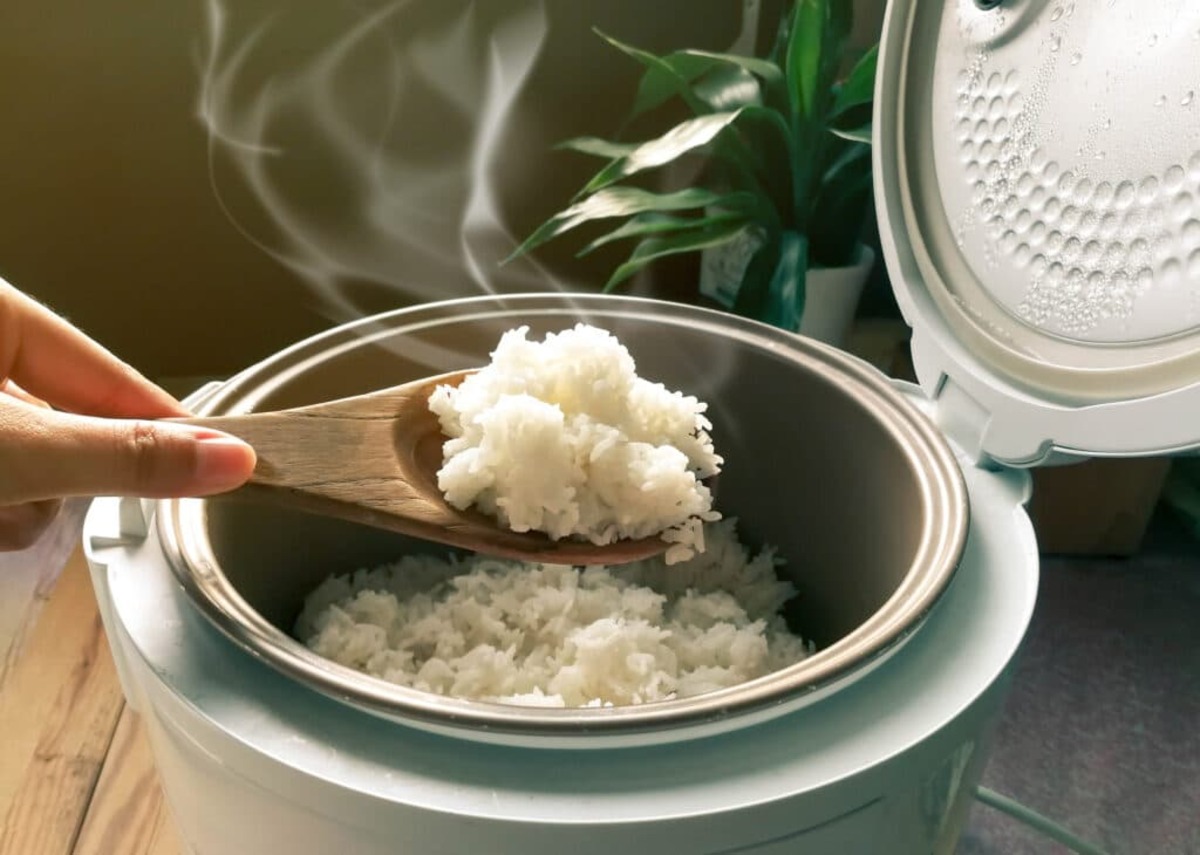

0 thoughts on “How To Store Rice Pudding”